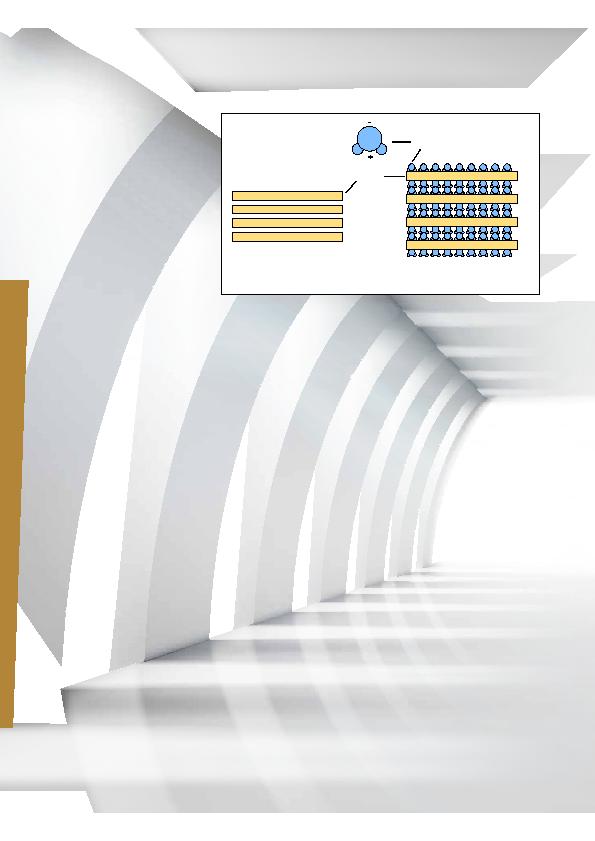
expansive soils, are soils that
undergo a significant volume
change due to a change in their
water content. These soils contain
smectite clay minerals, which at
the microscopic level look like
layered sheets. Because of the
minerals' moisture-retaining
abilities, the more water these
clays absorb and the less confined
they are, the more they swell.
perimeter. It starts at the excavation stage, carries on during execution and may continue long after final lining
installation. During excavation, the intrusion of water in the surrounding unsaturated material causes a change in
the volume of the existing expansive soil. The soil at that point is under unconstrained conditions. When the tunnel
lining is constructed, expansion is restrained. As a result, the swelling imposes significant forces and deformations
on the lining.
tunnel crosses Djebel El Kantour northeast of Constantine City. The area is characterized by Lower Cretaceous age
formations consisting of heavily folded and fractured blocks of marl and limestone, and covered by Quaternary
deposits such as clay, silts and conglomerates. What is interesting about this project is that the tunnel had to be
excavated in weathered, partially saturated marl and marly clay layers. These layers have a moderate to high
swelling potential.
in full below is adopted to determine the needed tunnel lining support at every construction stage.
that gave us the one-dimensional swelling deformation parameter for the marly clay. Swelling pressure was
found to be 800 kPa with a 3% strain at free swell. We then obtained the 3D stresses and strains using Kiehl's 1990
equation.